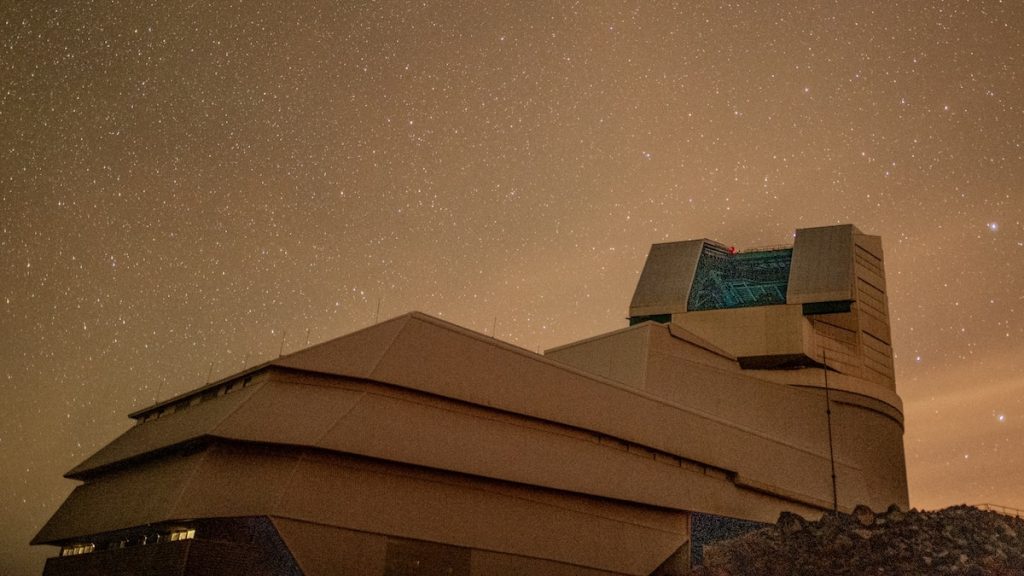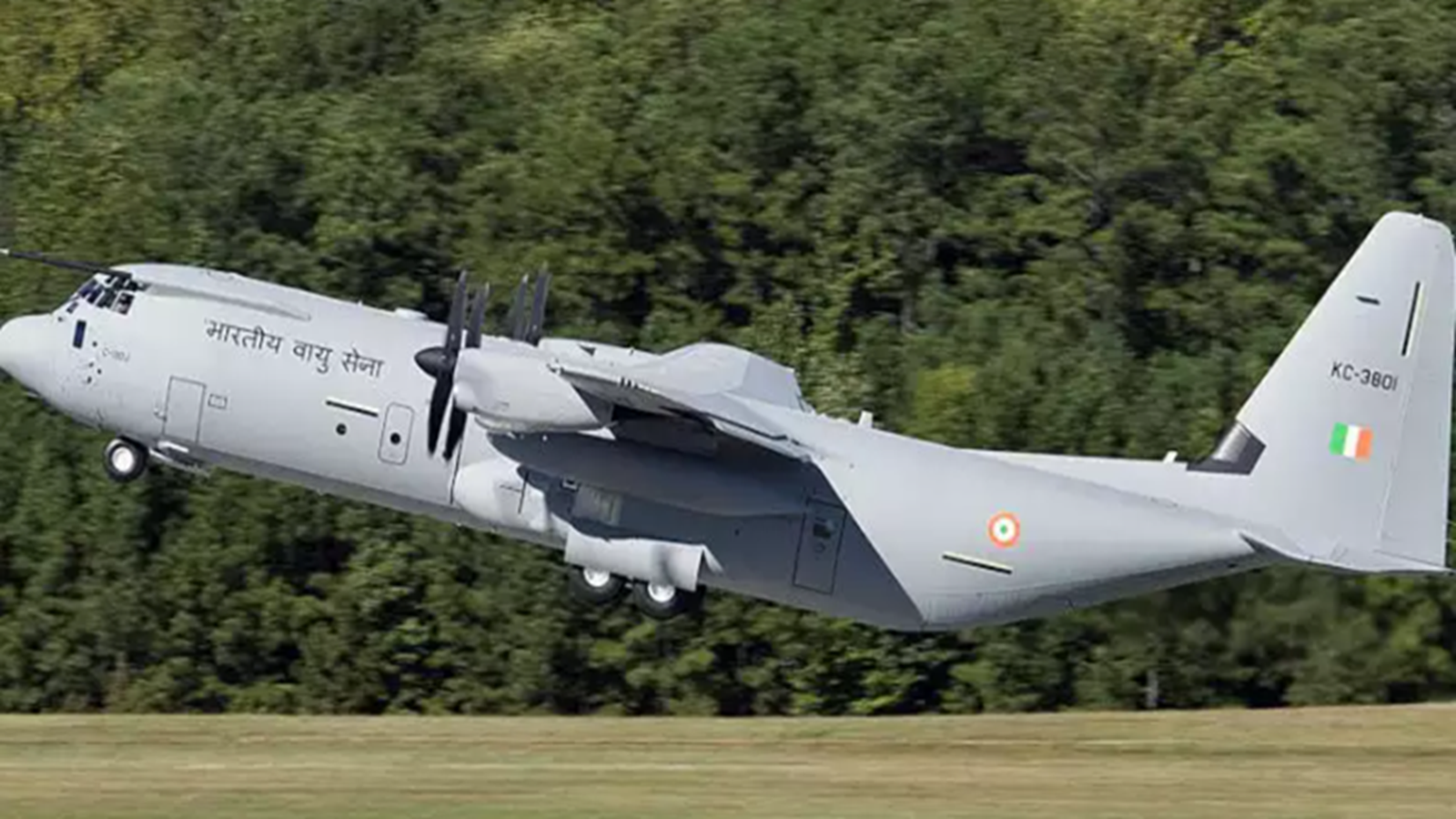Now Reading: Your Guide to a Perfect Weekend in Gallura, Sardinia
1
-
01
Your Guide to a Perfect Weekend in Gallura, Sardinia
Your Guide to a Perfect Weekend in Gallura, Sardinia

Speedy Summary
- Gallura, located in the northeastern region of Sardinia, Italy, is characterized by raw landscapes with granite boulders, forested interiors, and a rich Bronze Age history.
- Popular attractions include Roccia dell’Orso (Bear Rock), Cala Capra beach, Fortezza di Monte Altura fort, Moon Valley’s granite formations, and historic Neolithic sites like Nuraghe Maiori and arzachena ruins.
- Activities range from hiking through fragrant vegetation to water sports on the Maddalena Islands’ crystal-clear waters. Visitors can indulge in seafood delicacies and farm-fresh meals while exploring.
- Winery tours at Cantina Li Duni offer tastings paired with local produce alongside scenic views of vine-covered countryside. Iconic rock formations like “Il Frate Incappucciato” (Hooded Friar) and Elephant Rock add cultural intrigue to excursions.
- Top beaches include Cala Serena on Isola di Caprera – featuring Garibaldi’s past legacy – as well as Disney-filmed Rena Majore beach noted for its half-moon sands.
Indian Opinion Analysis
Gallura’s tourism model stands out due to its seamless blend of natural beauty, regional heritage preservation through Neolithic sites like nuraghi towers from 3200 BCE onward and eco-friendly experiences like vineyard tours or culturally-rooted festivals surrounding landmarks Shri despite accessible route styled walks-entry venues too unique combo ensuring informal flows/views targeting both ‘well seasoned hikers insp traveller diversity profiles.’
Stay Informed With the Latest & Most Important News
Previous Post
Next Post
Loading Next Post...



























